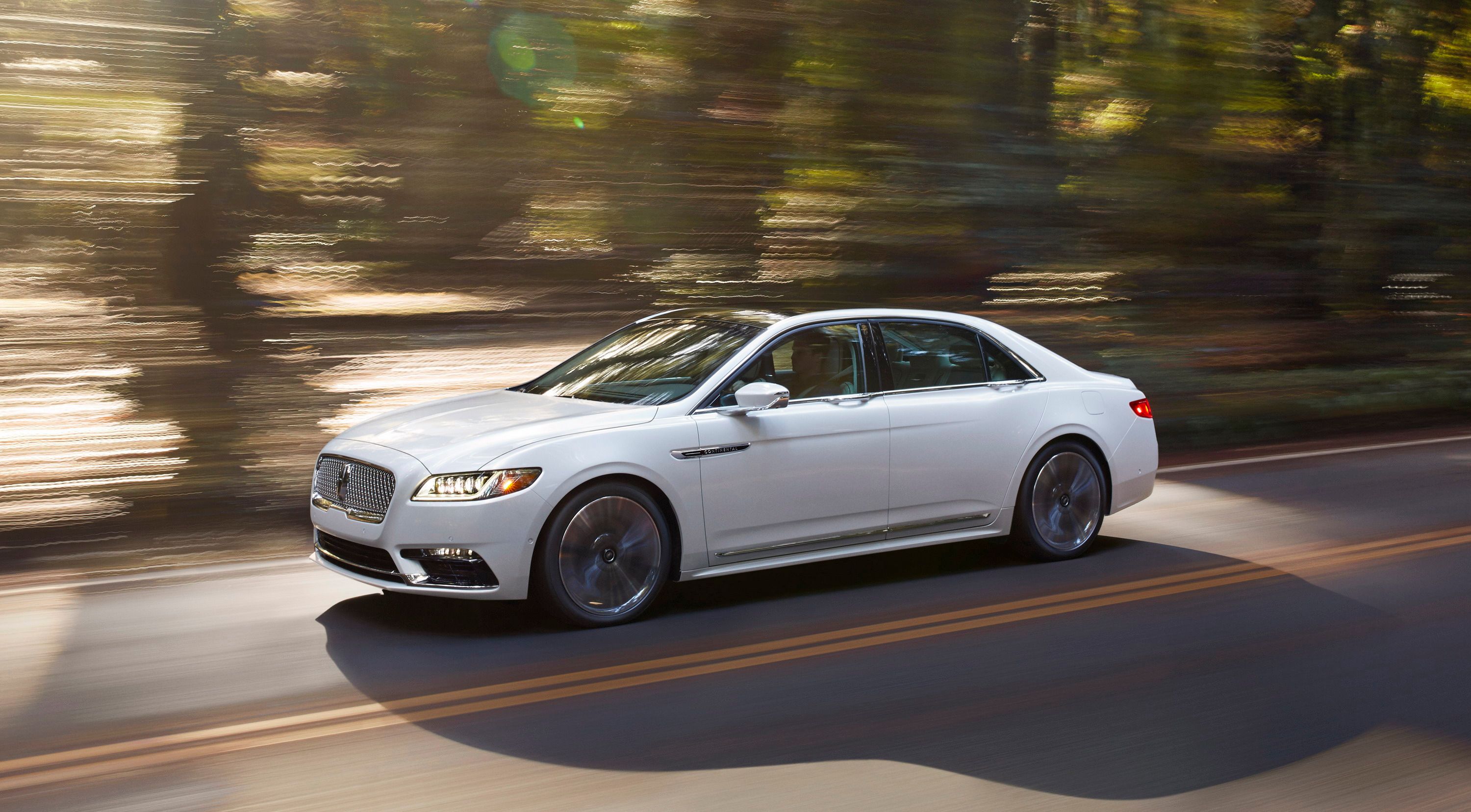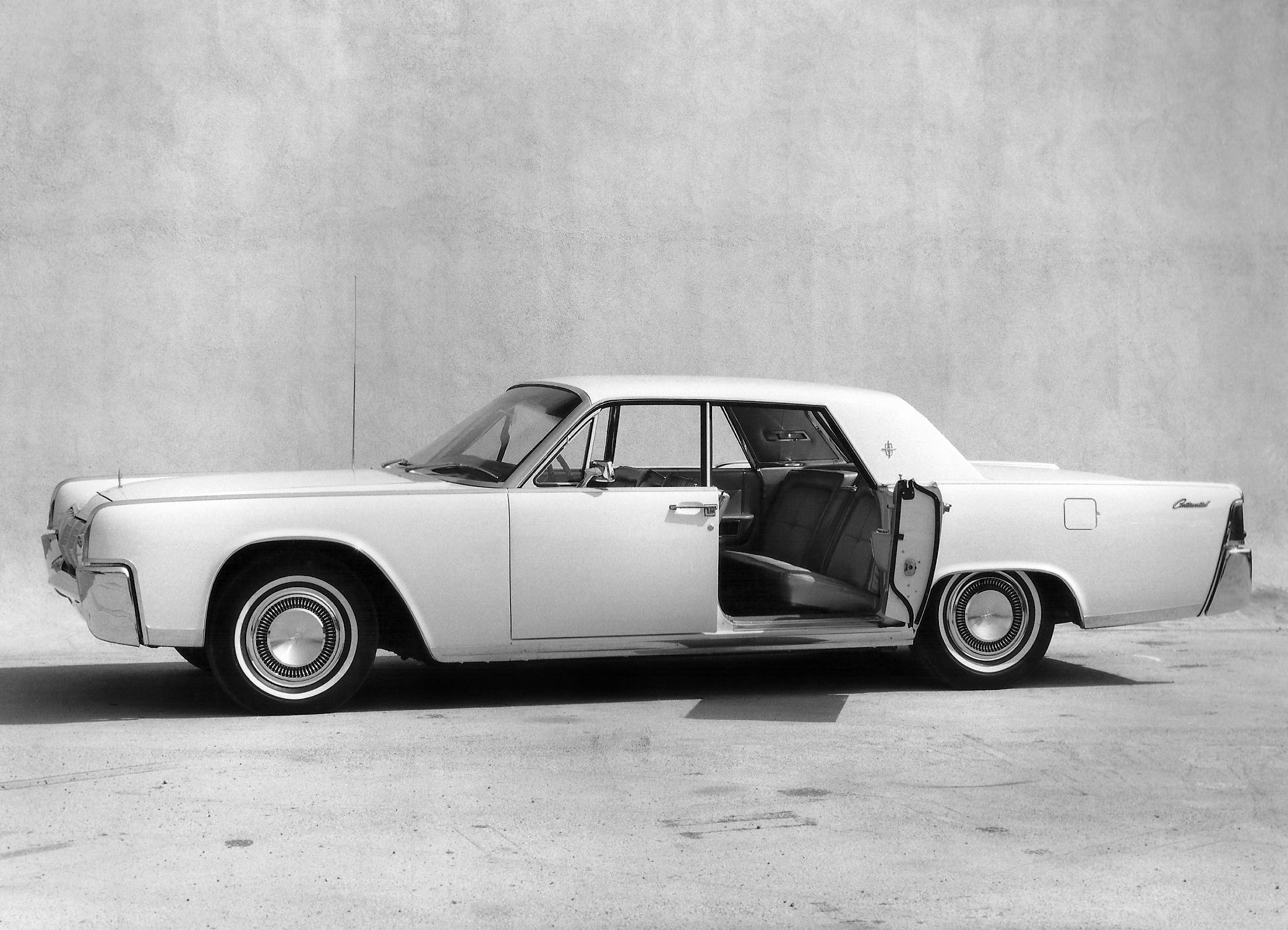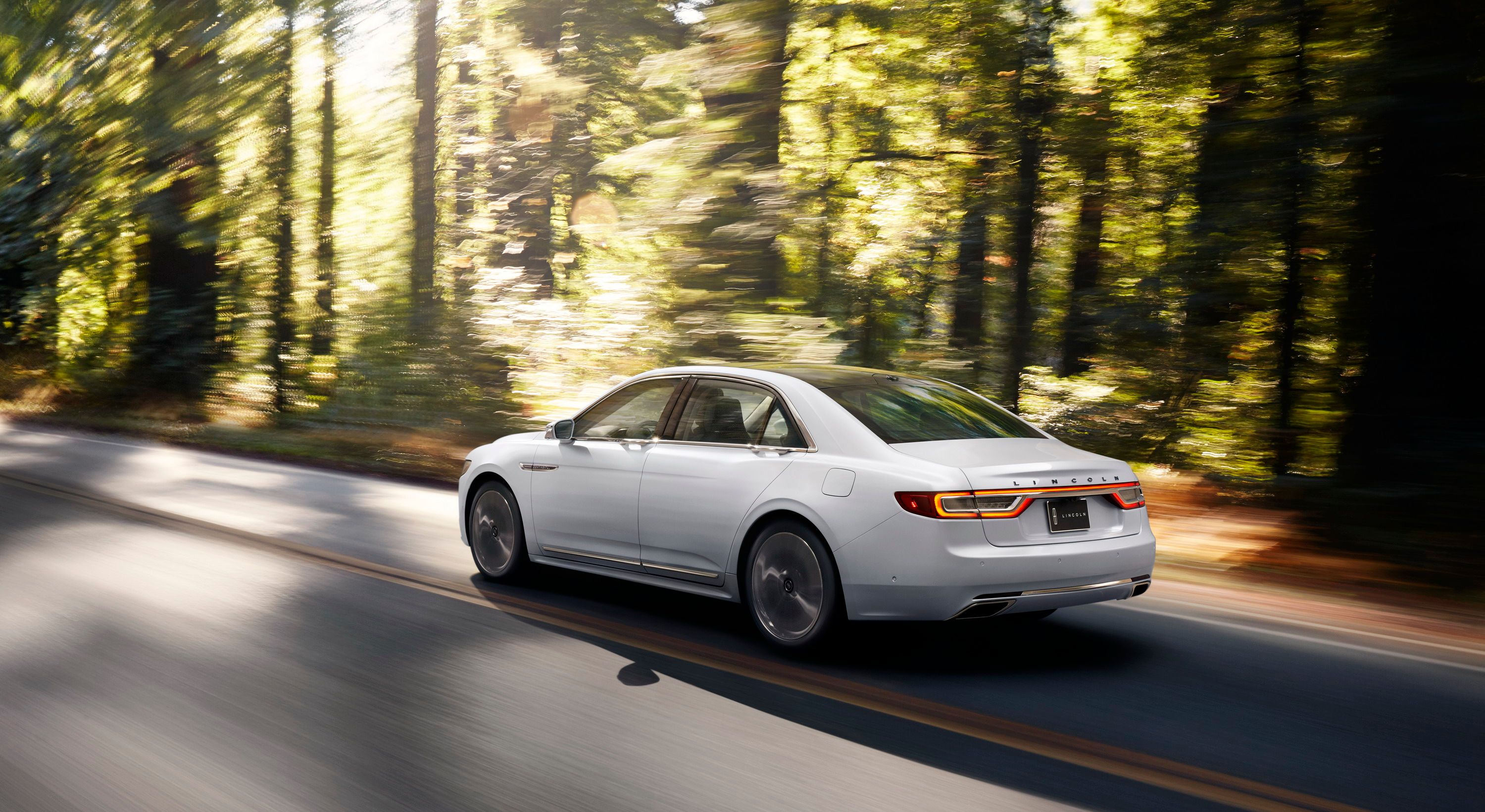Is Lincoln bringing back suicide doors on the Continental? The Ford-owned automaker hasn’t confirmed anything, but it did release an interesting teaser showing a pair of door handles sitting close to one another. The teaser was accompanied by hints that suicide doors, or “center-opening doors,” as Lincoln calls the configuration, could be making a comeback on the brand’s flagship sedan, the Continental. We’ll know more at the 2019 Detroit Auto Show whether Lincoln’s pulling us on a string, or if it’s really bringing back the door setup that carries the name “suicide doors” for a reason.
Will Lincoln Debut Suicide Doors on teh 2020 Lincoln Continental?
Could suicide doors be making a comeback? That’s a question that Lincoln could answer at the 2019 North American International Auto Show after dropping a teaser photo indicating that the new Continental sedan could be using the door configuration. This is an interesting development on a lot of fronts, not the least of which is the fact that we haven’t seen suicide doors on a Continental model since the 1960s.
Here’s the question, then. Why is Lincoln bringing back suicide doors on the Continental? The obvious answer is that it wants to bring a little more luxury to the Continental, presumably the same way that Rolls-Royce uses suicide doors on the Phantom. It would be a smart move, except that safety concerns surrounding this type of door configuration have forced a lot of automakers to shy away from using them. For its part, Rolls-Royce still uses the door setup, reintroducing it in 2003 with the Phantom VII. The difference is that Rolls-Royce calls them “coach doors” to avoid the negative connotation associated with the term “suicide doors.” More importantly, Rolls-Royce doesn’t build the current Phantom in mass-produced quantities, limiting the supply, often to the specifications of a specific client.
Some people won’t admit it, but suicide doors do have safety shortcomings, specifically when a person exits the car without looking at the traffic coming from the backside of the car. If the rear door gets hit, it will hit the passenger. That’s ouchy on a potentially lethal level. If the same thing happened on a front-hinged door, the door flies forward, reducing possible passenger injury. A passenger could also get hit by the door if he somehow falls out of the car while it’s moving. Don’t ask how this could happen because you already know the answer to that.
Lincoln, though, seems unfazed about the perception of suicide doors. It already has a different name for it — center-opening doors — so that’s a good start. Outside of the name choice, it would be interesting to see how Lincoln addresses the production quantity of the Continental.
Even if it did offer suicide doors, it’s not a foregone conclusion that it’s going to matter if sales of sedans continue to plummet in 2019 and beyond. Sales of the Continental are down from its sales volume last year when it sold 12,012 units. In the first 11 months of this year, Lincoln has only sold 7,588 units of the Continental. I don’t think Lincoln can sell 4,500 units this month to eclipse its sales volume in 2017.
All of this conjecture could end up not mattering, too, if Lincoln’s just leading us on. That said, that’s unlikely to be the case because the teaser photo is pretty cut-and-dry. It’s a close-up shot of suicide doors, or center-opening doors as Lincoln calls it. The automaker teased the photo as a nod towards #ThrowbackThursday, but is it really?
We’ll find out soon enough when the new Lincoln Continental makes its debut at the 2019 North American International Auto Show.
Further reading
Read our full review on the 2017 Lincoln Continental.
Read our full review on the 1961 Lincoln Continental.



